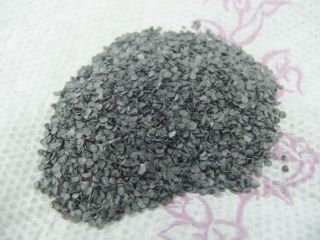
Who picked out all the red dots? And why?
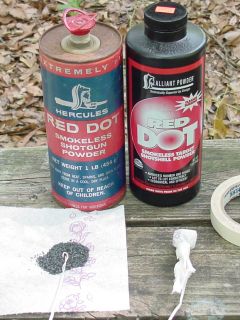
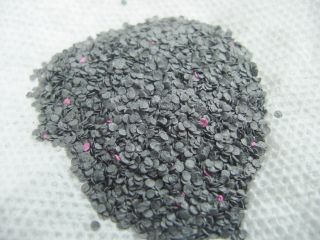
Hey! These flakes match my airframe!
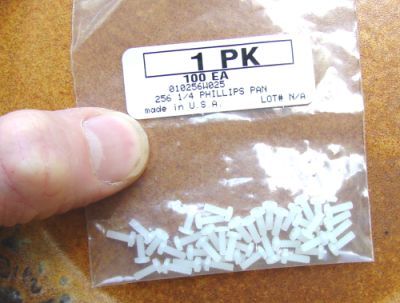
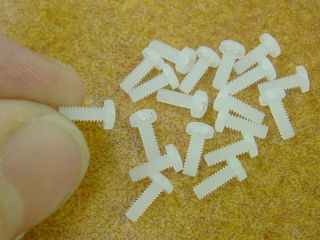
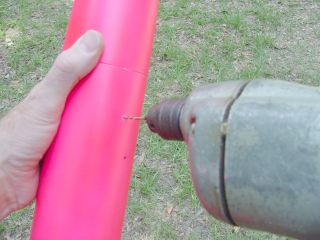
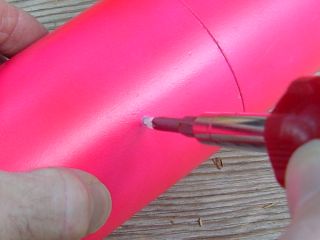
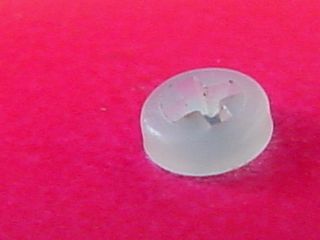
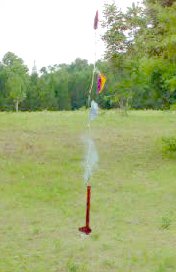
Old Red Dot
Who picked out all the red dots? And why? |

|
New Red Dot
Hey! These flakes match my airframe! |
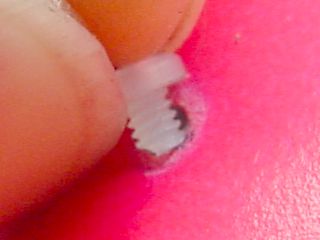
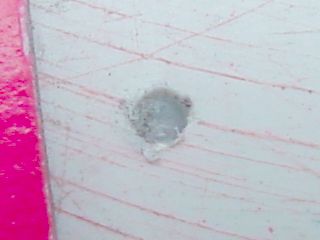
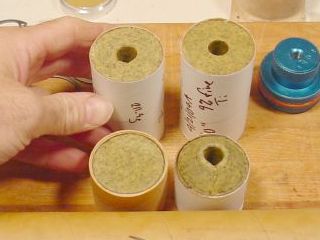
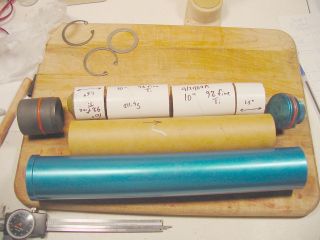
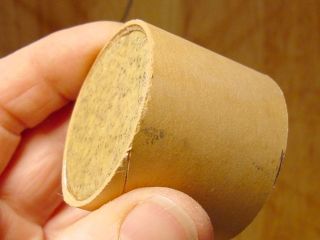
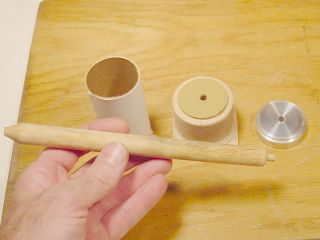
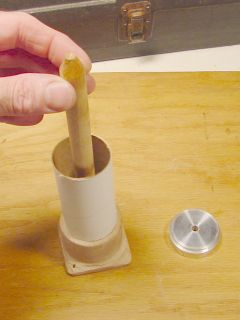
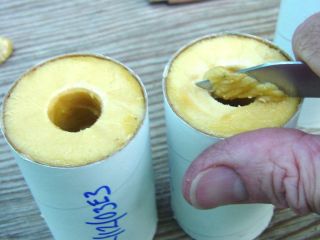

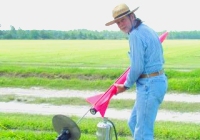
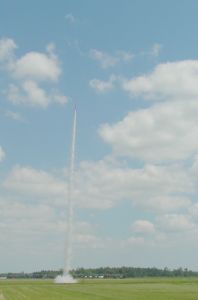
(Click for full-sized photo, 800x1600, 900k!) |
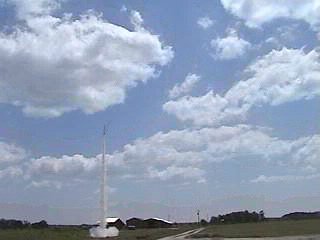
(Click for .mpg video of launch, 1.9megs, 7 seconds) |
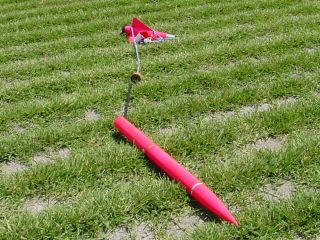
|
I went over to survey the damage, and am relieved
to see that it still looks mostly like a rocket. But the upper body is no longer straight. Bad news. The tube comes open with a slight pull. More bad news. It's not just bent, it's broken. But the altimeter is still on, and beeping out its happy tune: 3744 feet. |
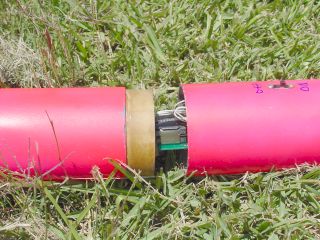
|
| Then I relalized my idiocy. I had placed one
of the lead wires UNDER the terminal gate before tightening. It must
be OVER, as the screw pulls the little gate UP to clamp the wire. Apparently, the lead stayed in place from friction and/or its own springiness, making contact well enough to pass the continuity tests but not well enough to fire the ignitor. So a little birdie yells in my ears: Tug on the wires! Duh! |
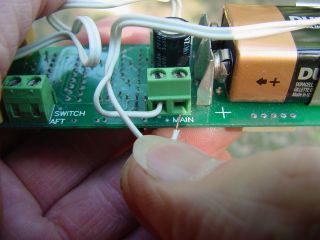
|
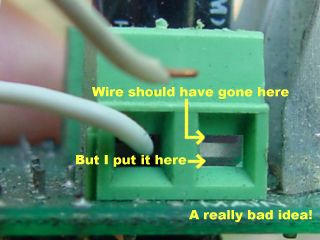
|
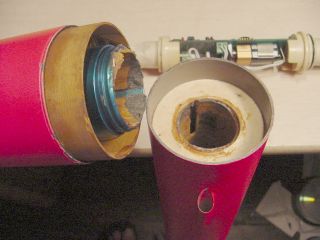
|
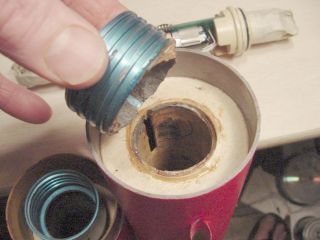
|
Then I thought about the super-glue gel that Steve
Pollock had loaned me the day before. I was handling the rocket a bit too roughly at the launch pad and had broken off the lower launch lug. The super-glue with accelerator worked like a miracle. But Steve's not here today. I asked around. No one had such any such glue. |
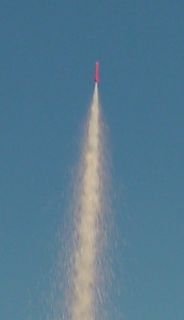
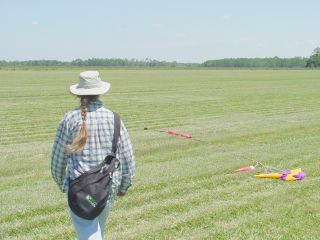
| Grain |
Length |
Core |
Weight |
Propellant |
| 1 |
1.612 inches |
0 - No core, smoke grain |
112.9g |
rcandy, 18sec/inch, 9% Coarse Ti |
| 2 |
3.195 inches |
0.625 inch |
197.4g |
(Same as grain 1) |
| 3 |
4.622 inches |
0.625 inch |
295.8g |
rcandy, 9% coarse Ti, 10% Fine Ti |
| Total |
9.429 inches |
606.1g |
This adds up to 12.8% Ti in this propellant |
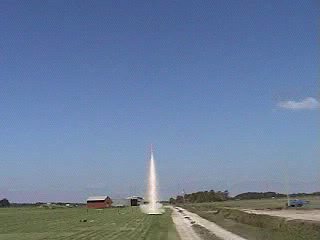
| Grain |
Length |
Core |
Weight (g) |
Propellant |
| 1 |
1.450 inches |
None - solid smoke grain |
102.7g |
4/21/04A, 10sec/inch, 9% fine Ti |
| 2 |
1.715 |
0.5 inch |
107.5g |
(Same) |
| 3 |
3.137 |
0.5 inch |
205.8 |
(Same) |
| 4 |
3.198 |
0.625 |
186.6 |
12/12/03D3, damp outer surface, no Ti |
| Totals |
9.5 |
602.6g |